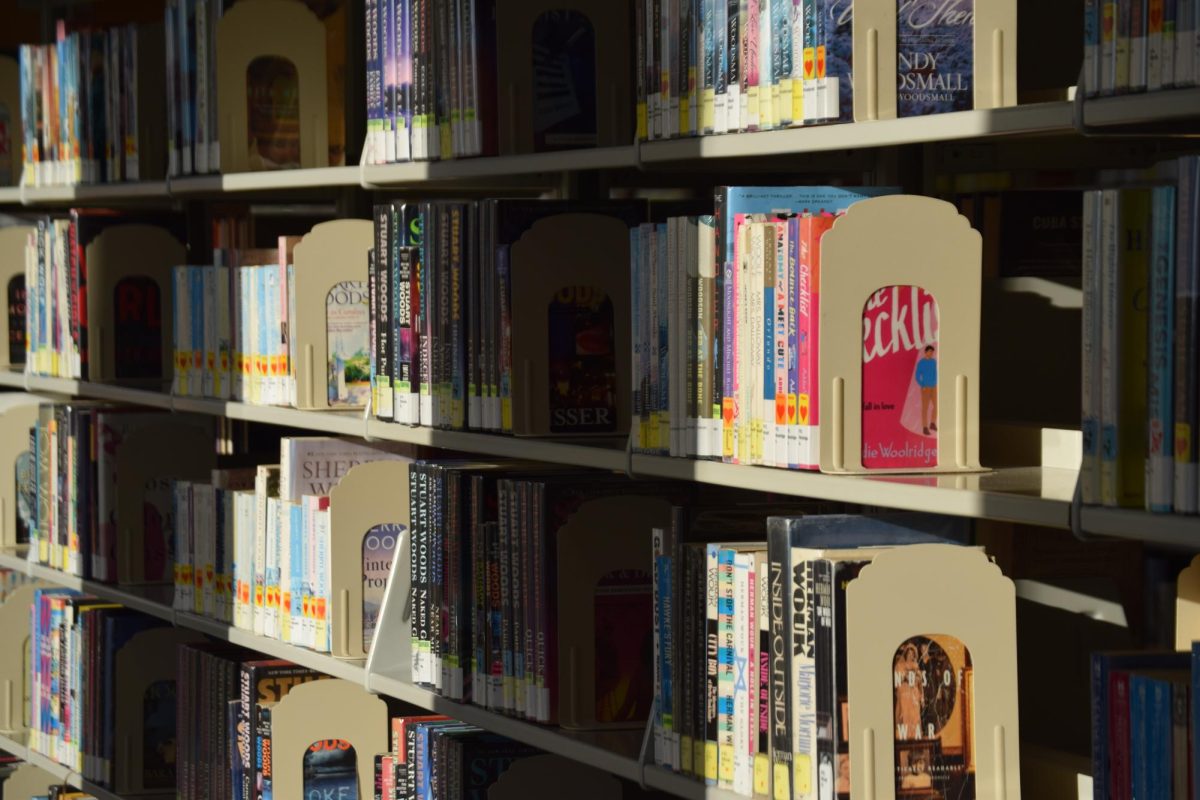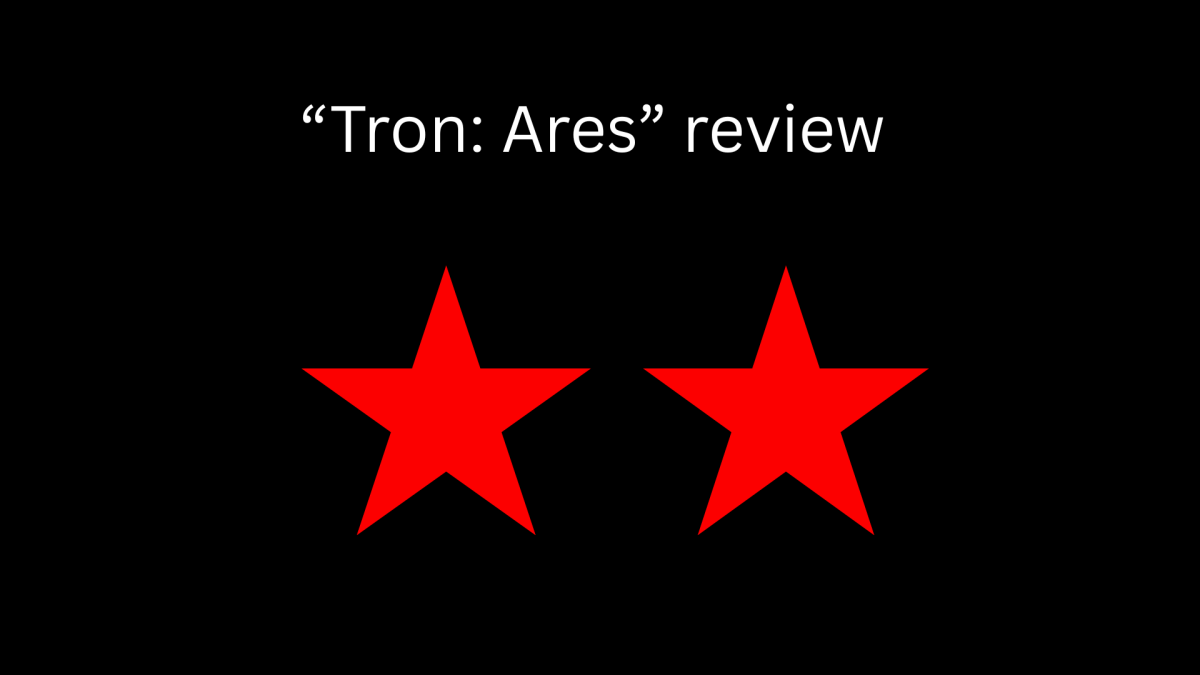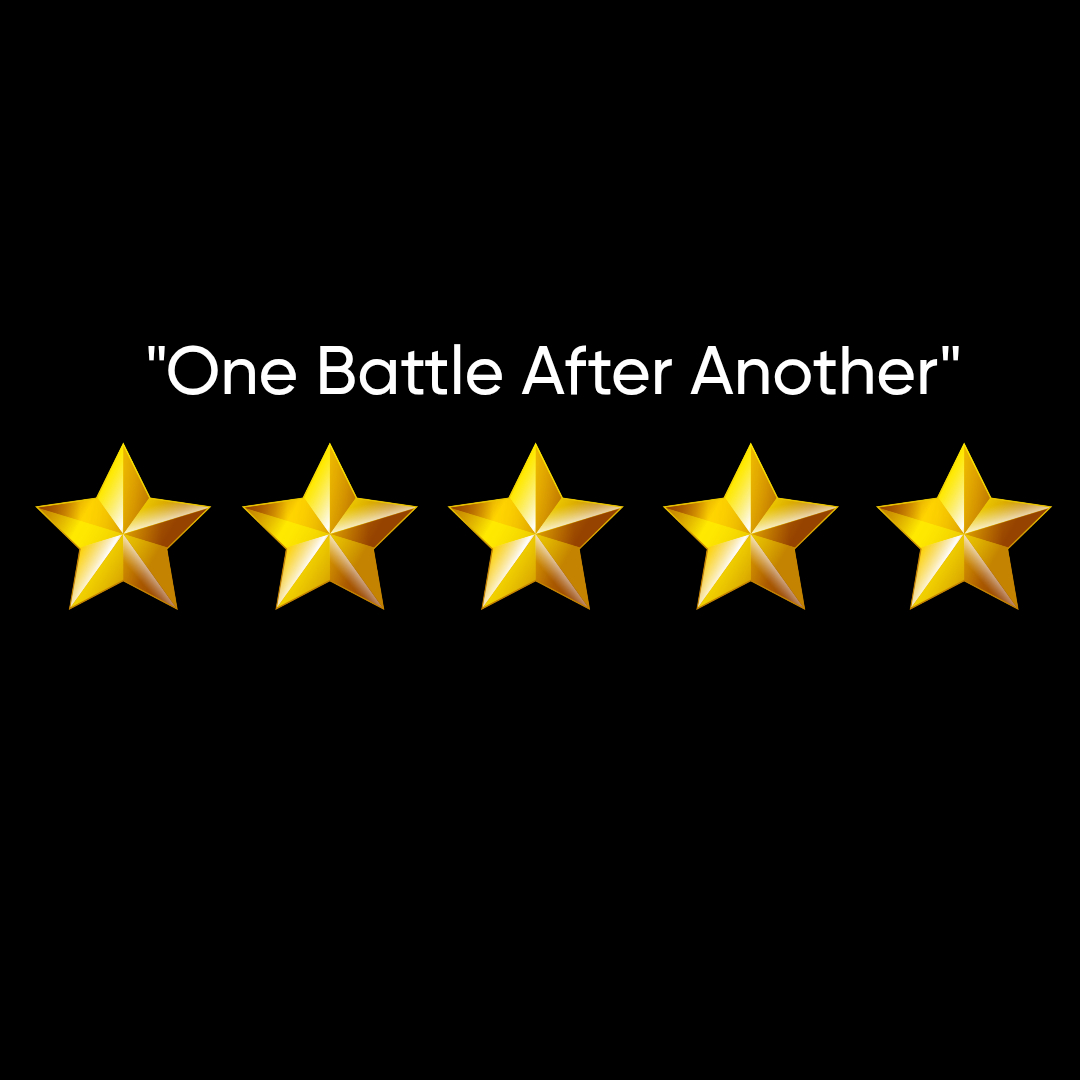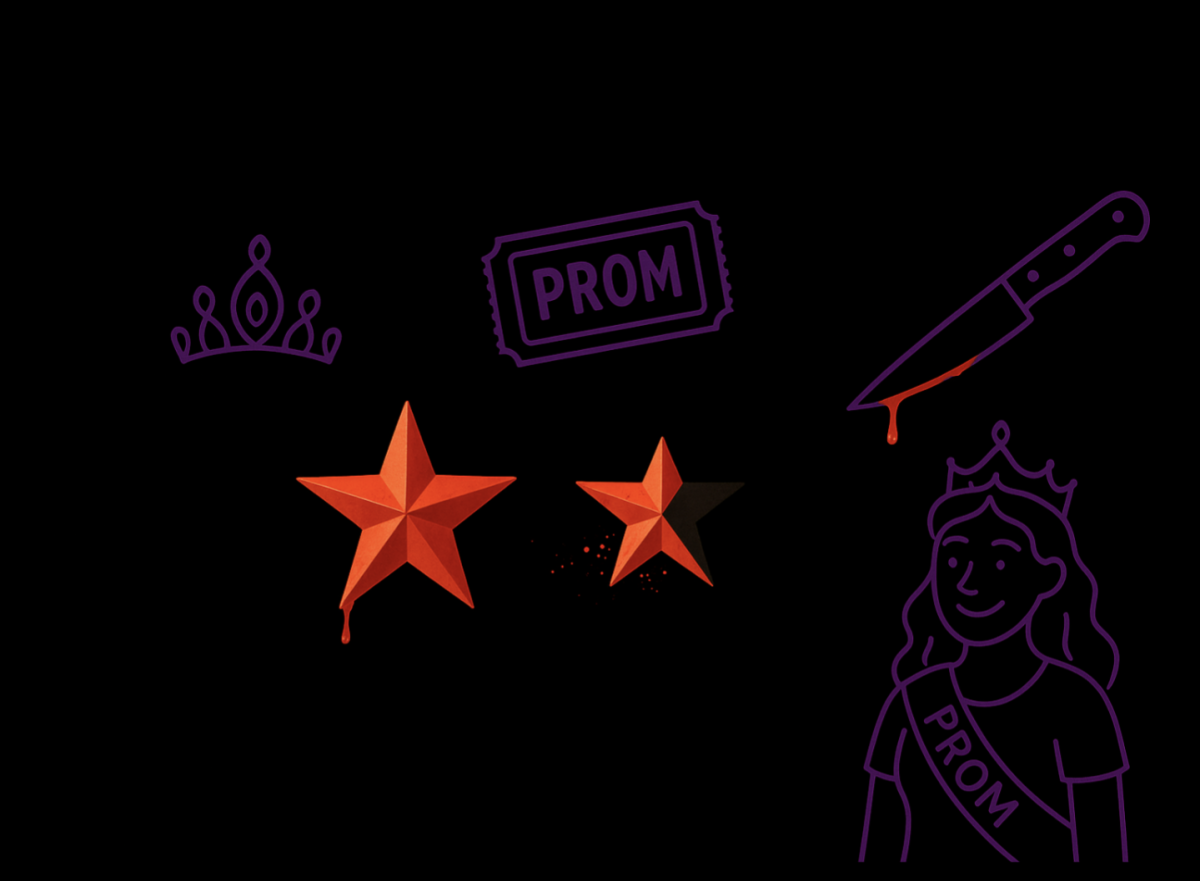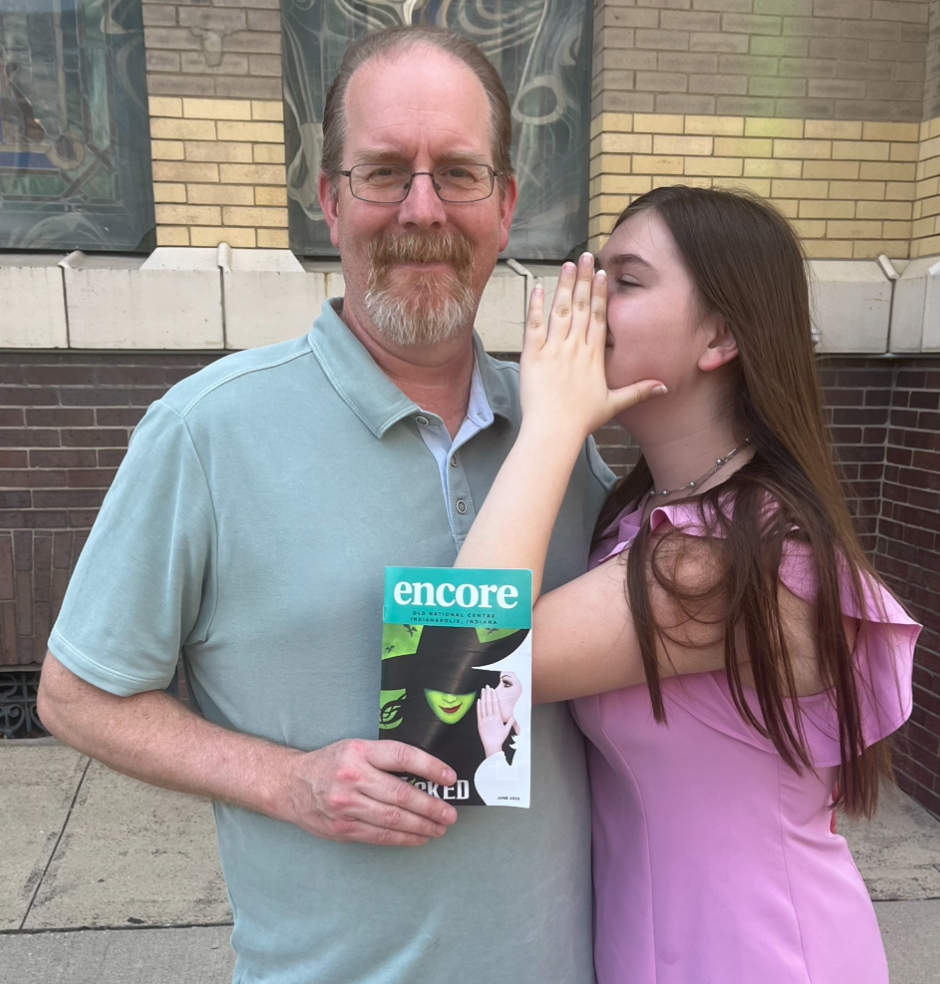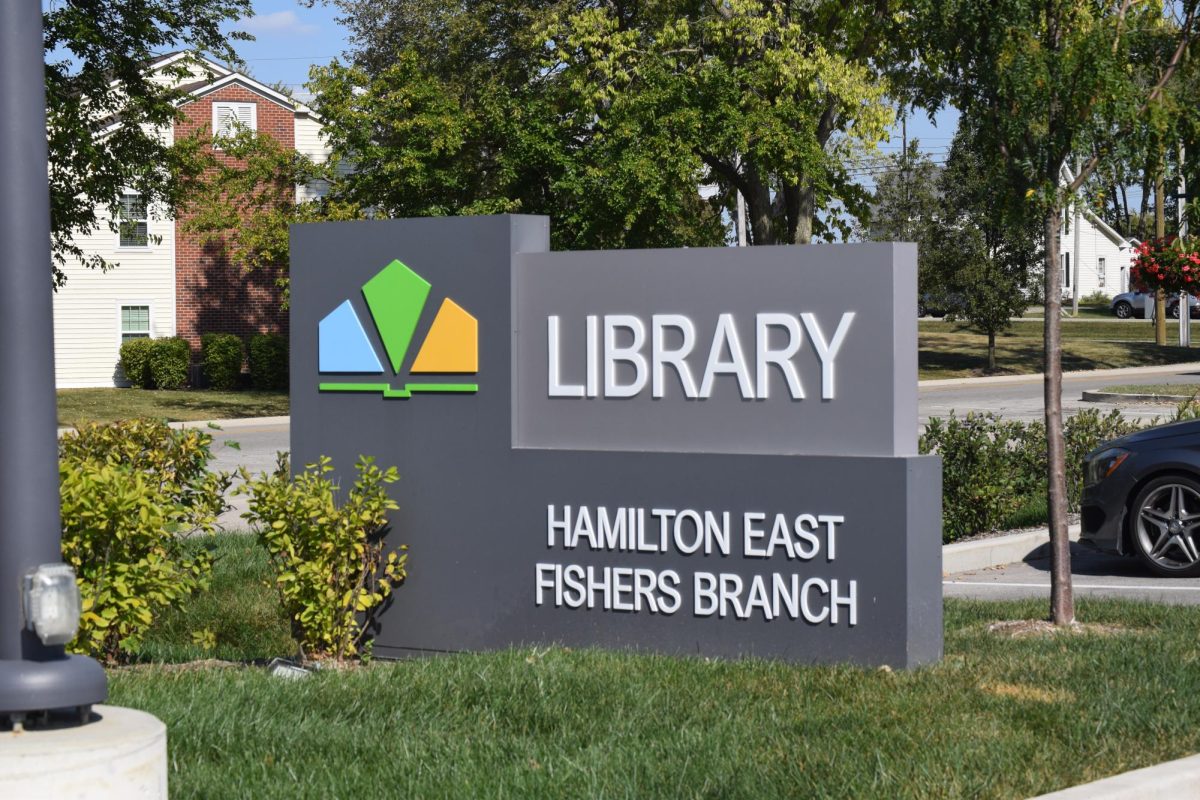Most teens do not read enough in the United States as a result of how English is taught. According to Amy Watson, a publisher at Statista, a statistics and data website, from 2018-2023 most teens in the United States aged fifteen to nineteen read less than nine minutes a day on average. Reportedly, the ages where reading is heavily pushed in schools have the lowest daily reading levels of any age group. Our current educational system is failing in this regard and could do better.
As I and others have experienced, schools are not teaching literature as effectively as they could be. The young academic minds of the day are subjected to uninspired literature selections that could result in a retraction from reading altogether. It’s the modern endeavor of the school to encourage reading, and at this moment institutions could be doing better for most students.
Contrary to popular belief, schools are discouraging reading through the modern approach. A major problem in the education system is the assigning of outdated literature. Many schools, including Fishers High School, continue to require students to read works such as the writings of Shakespeare’s plays. While these writings are considered classics, they often fail to engage modern students and may even discourage reading altogether. Whilst the themes and ideas expressed stand to time, students might struggle to relate. Schools fail to engage the reader and fall short of higher reading metrics. In many cases, the literature is not the leading issue, the teaching methods are.
More often than not, students are subject to a single interpretation of the written work. For example, the abridged version of Fitzgerald’s translation of “The Odyssey,” the work taught at Fishers High School, is not the only version of the epic. There are other versions and translations that have the potential to be more engaging, as further explored by Tiger Times reporter Jakob Polly. I feel there is a missed opportunity when approaching literature from an academic perspective. A modern approach to literature within selective modern interpretations and ideas could allow students to feel better about the literature they consume.
Most students end up dreading at least one reading assignment. For example, my least favorite book was “Pride and Prejudice.” The writing felt dated and as though it belonged in a history class. As a result, I struggled to understand it, skipped chapters, and ultimately did not enjoy the experience. I was far from the only student with these feelings, as I witnessed the same experience through other students. Even though educators are conveying curricular ideas, the way the teaching of literature has been undertaken could be more enjoyable and engaging. This could be the cause of greater problems.
The modern approach to literature may contribute to a notably larger issue: low literacy rates. Reading habits start in the classroom. In my opinion, teens having the lowest daily average reading time contributes to later issues. For example, according to The National Literacy Institute’s 2024–2025 statistics, about 54% of adults have below a sixth-grade literacy level. The overall low literacy rates are the very aspect schools seek to nullify.
As a result, lasting improvements such as better book selections are up to communal advocacy and local solutions. Reaching out to neighbors and joining educational groups is a step towards a better future. Whilst the actions that can be taken to mitigate current curricular choices are limited, the advocacy for academic engagement begins within the community.


